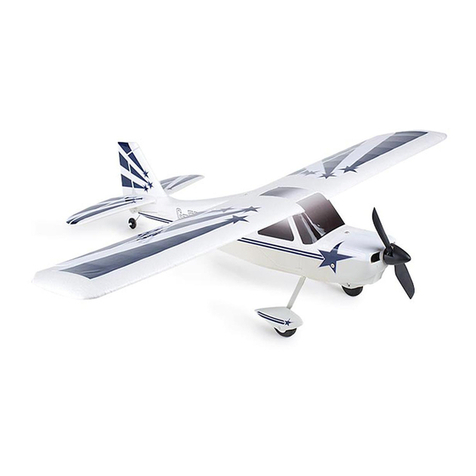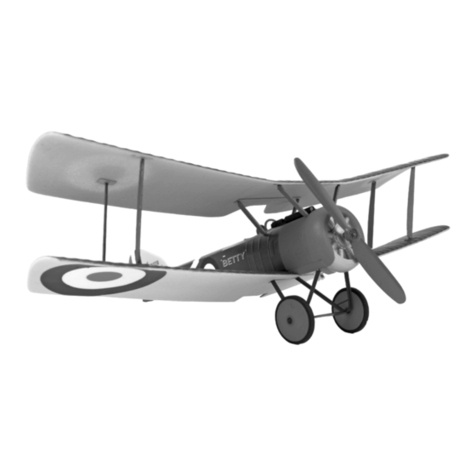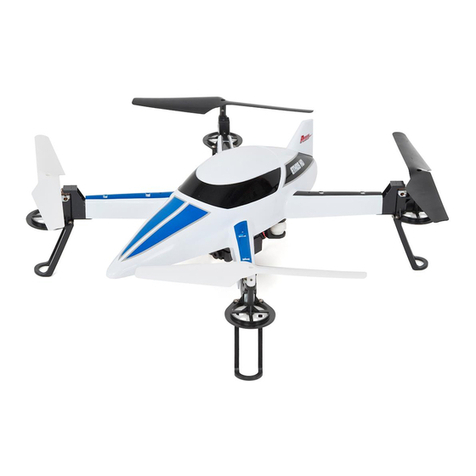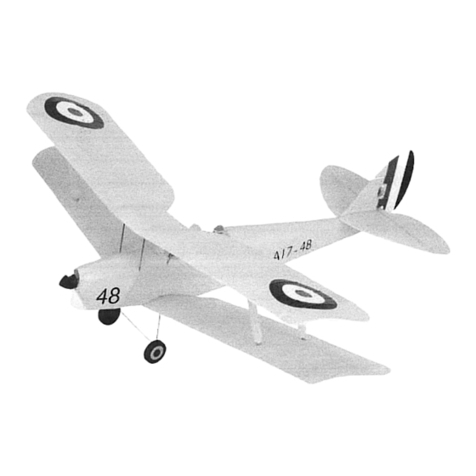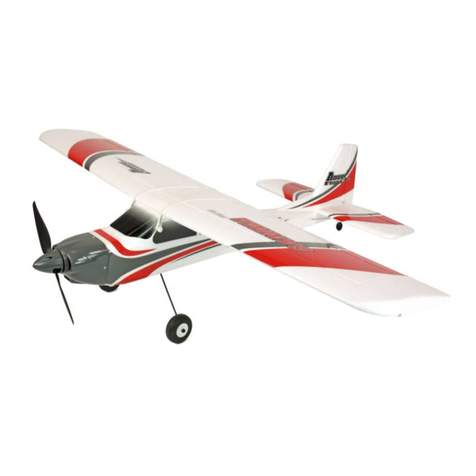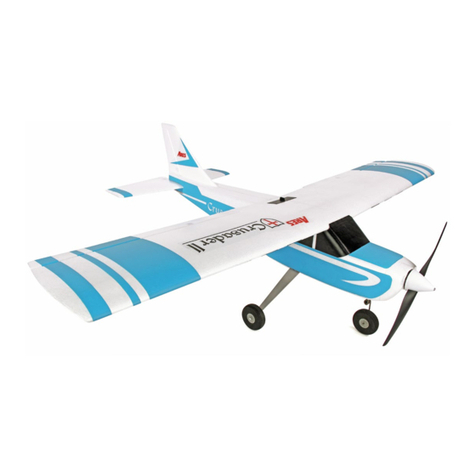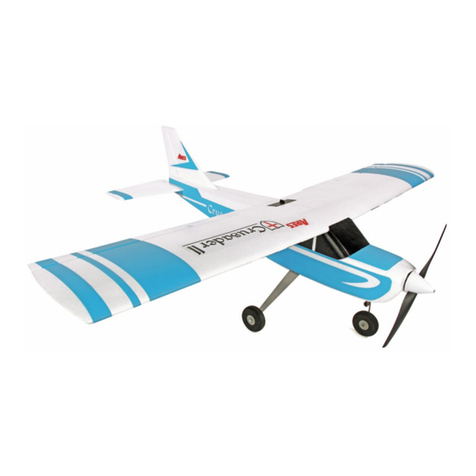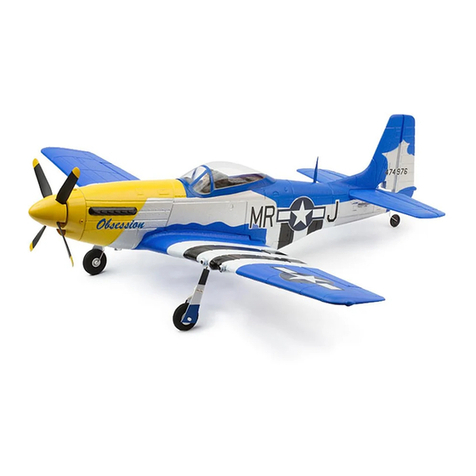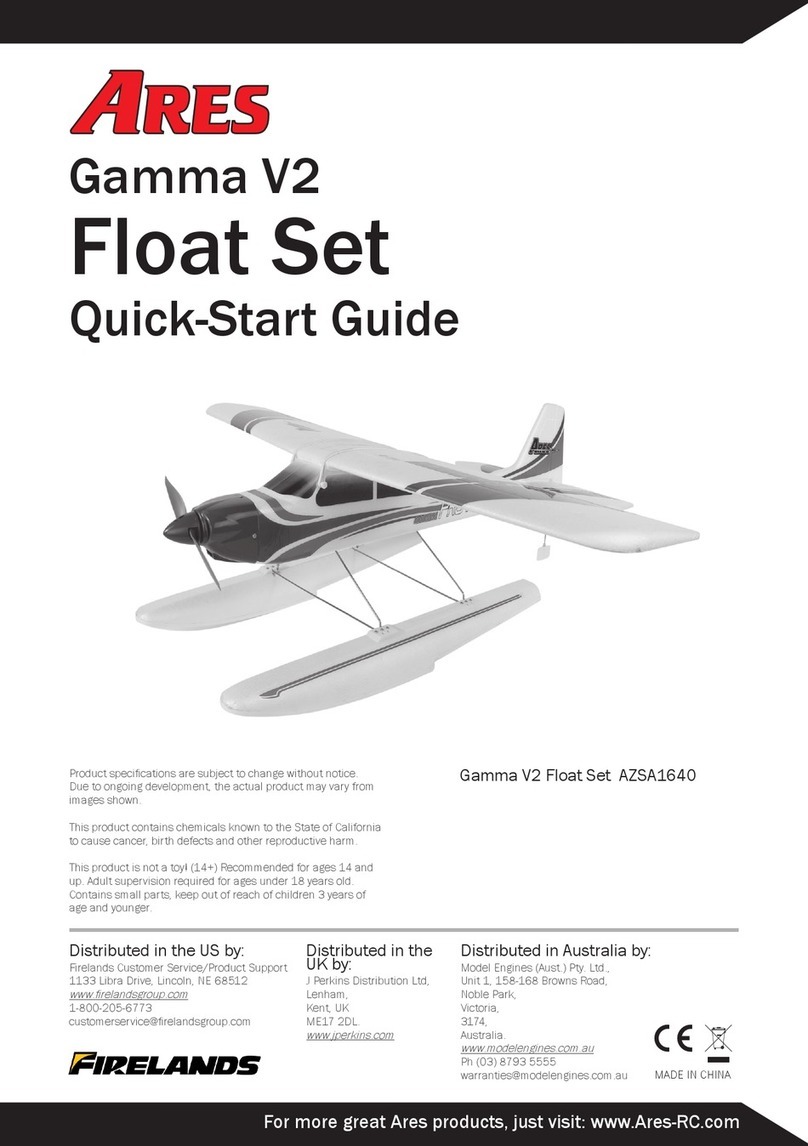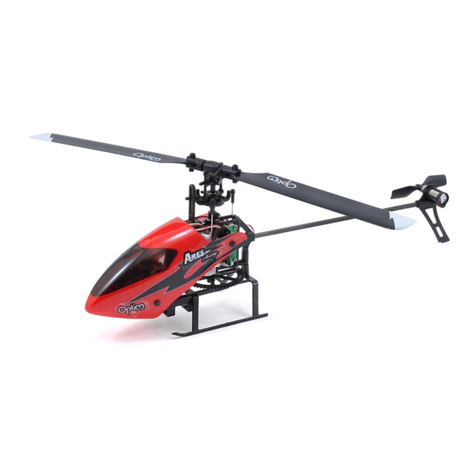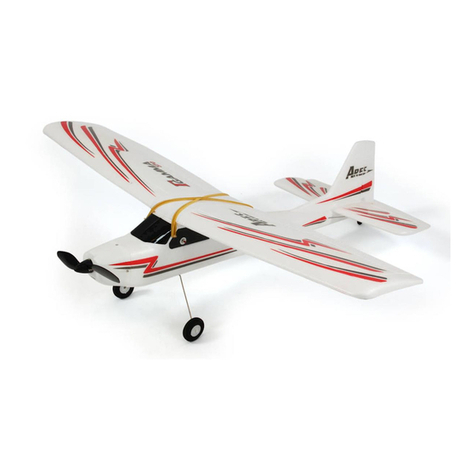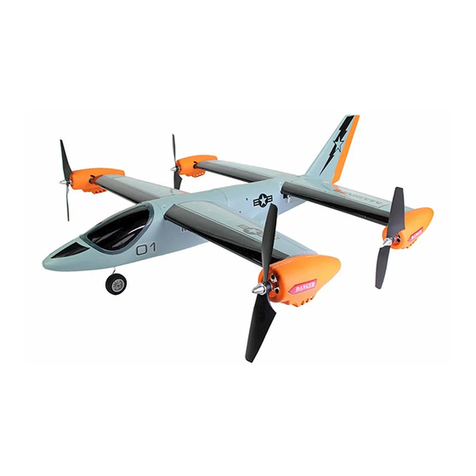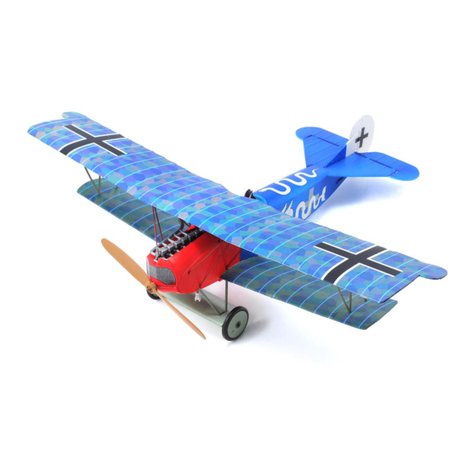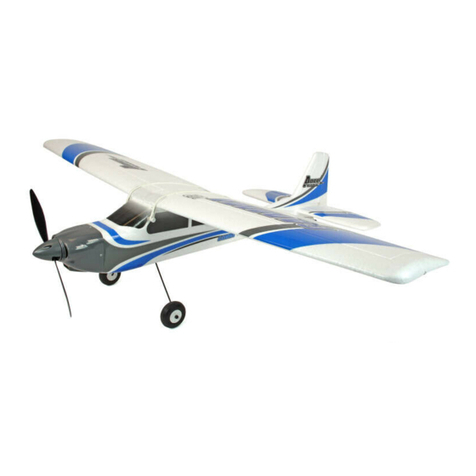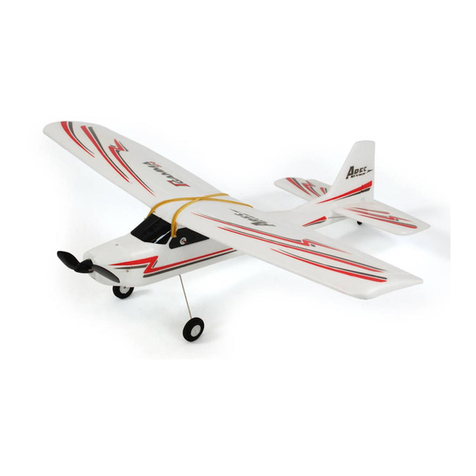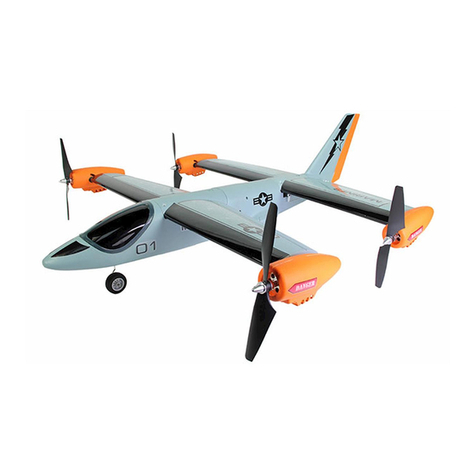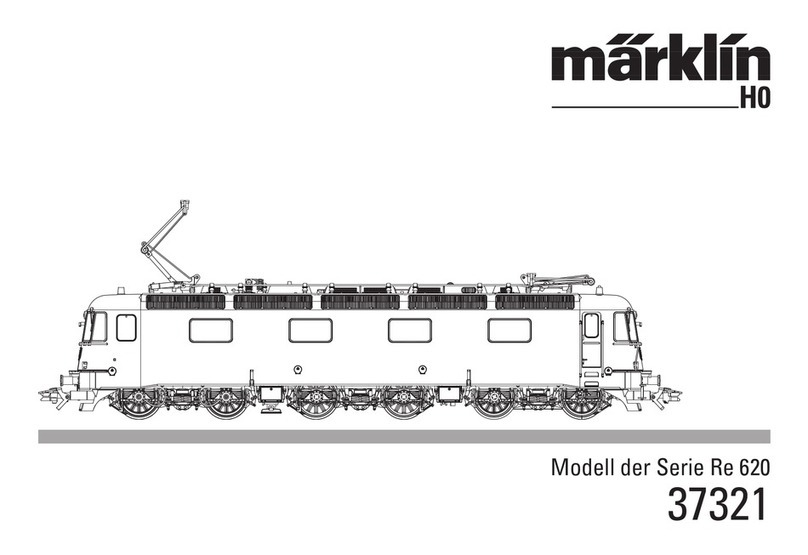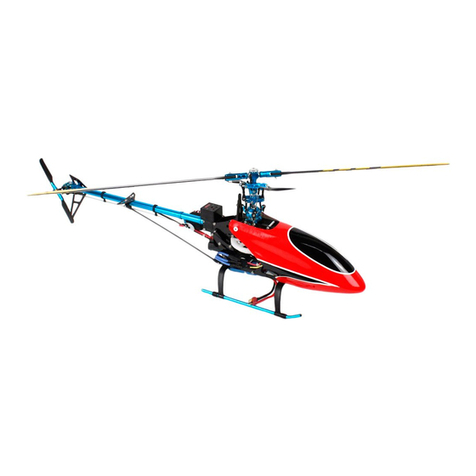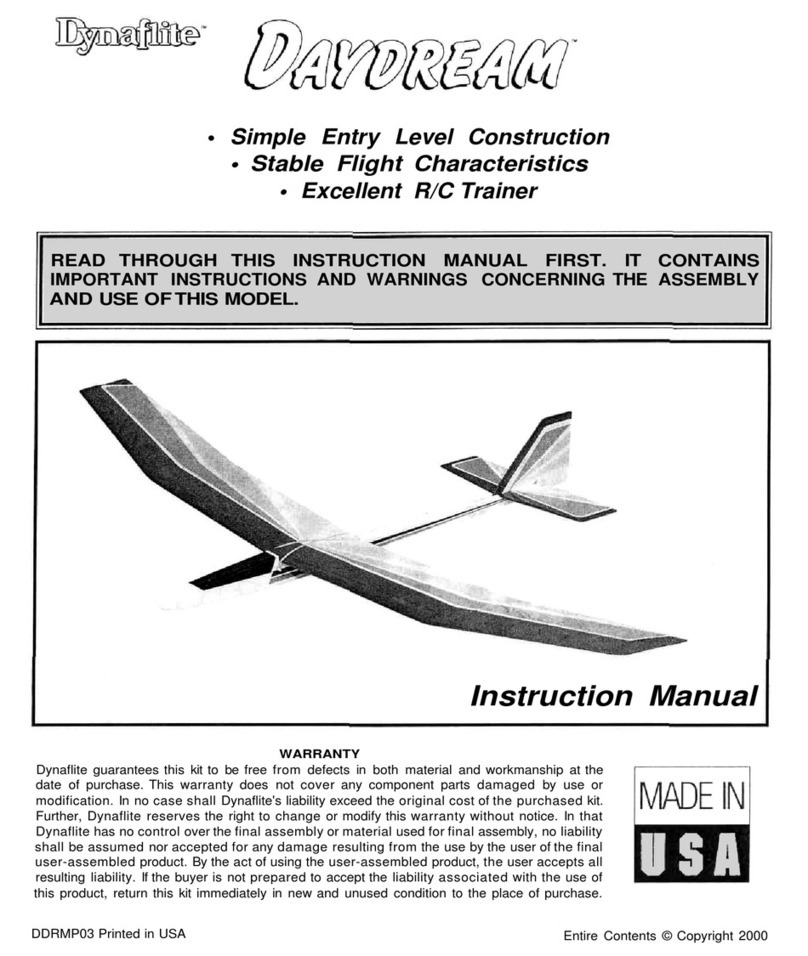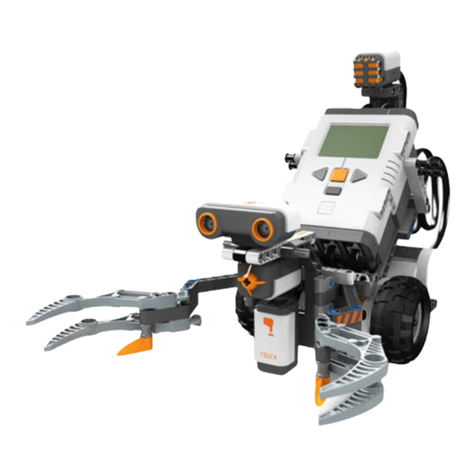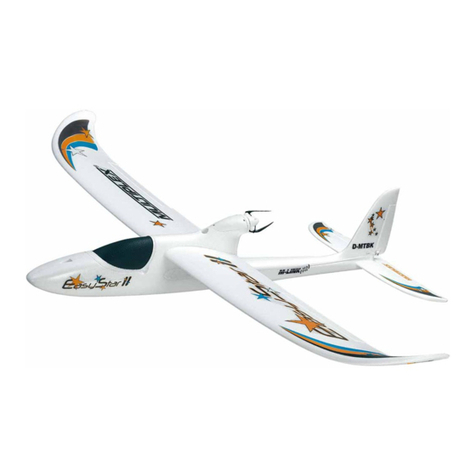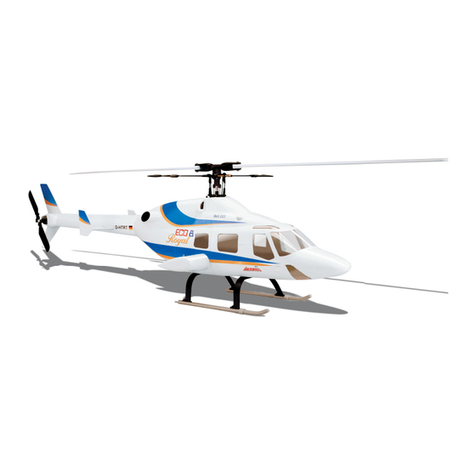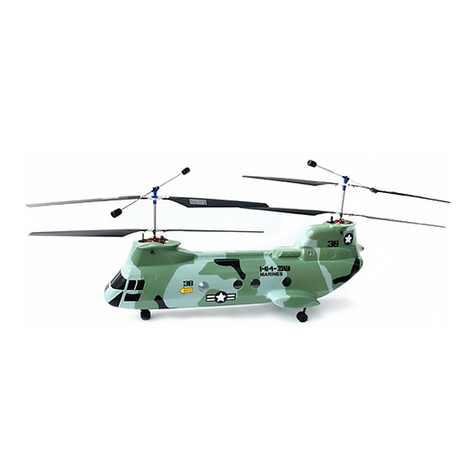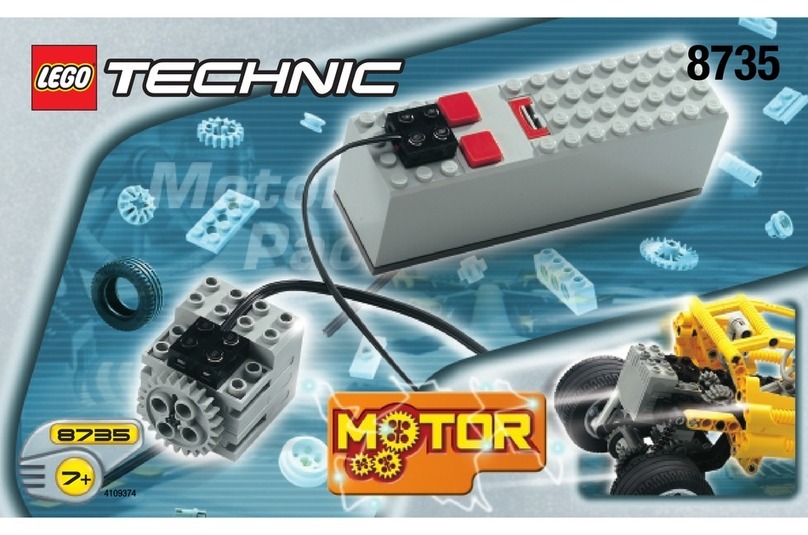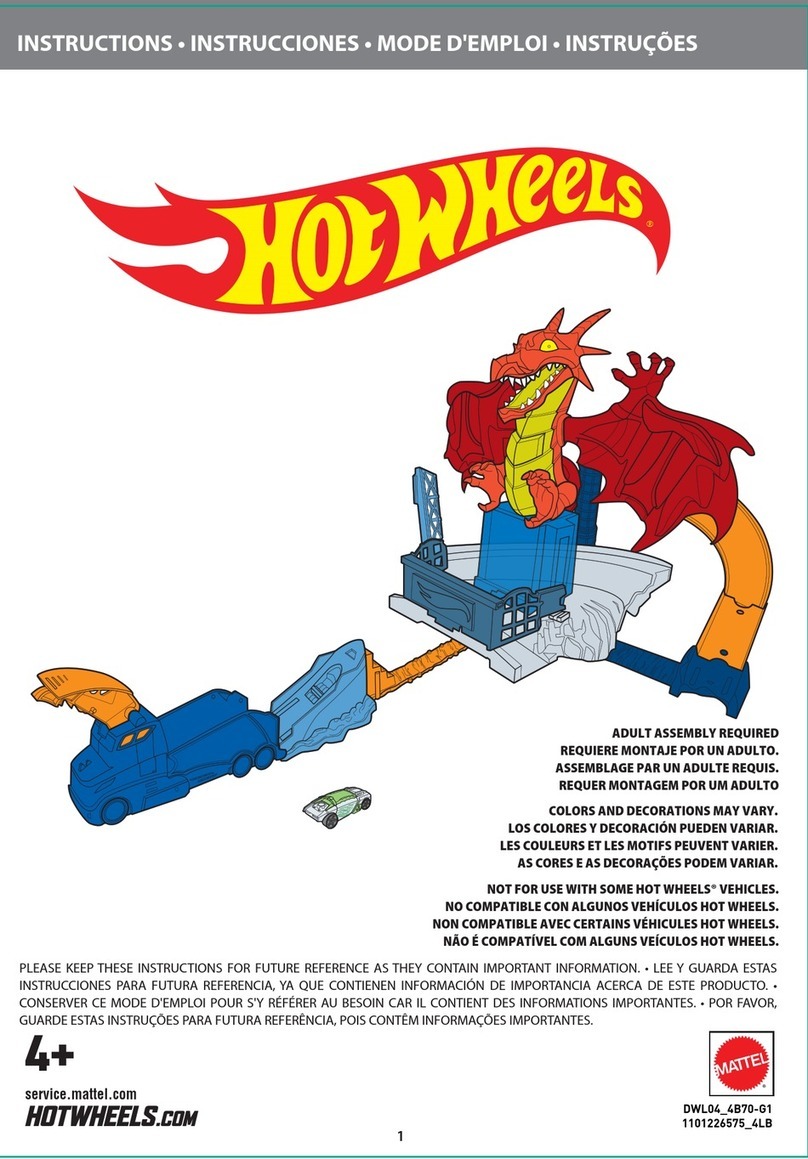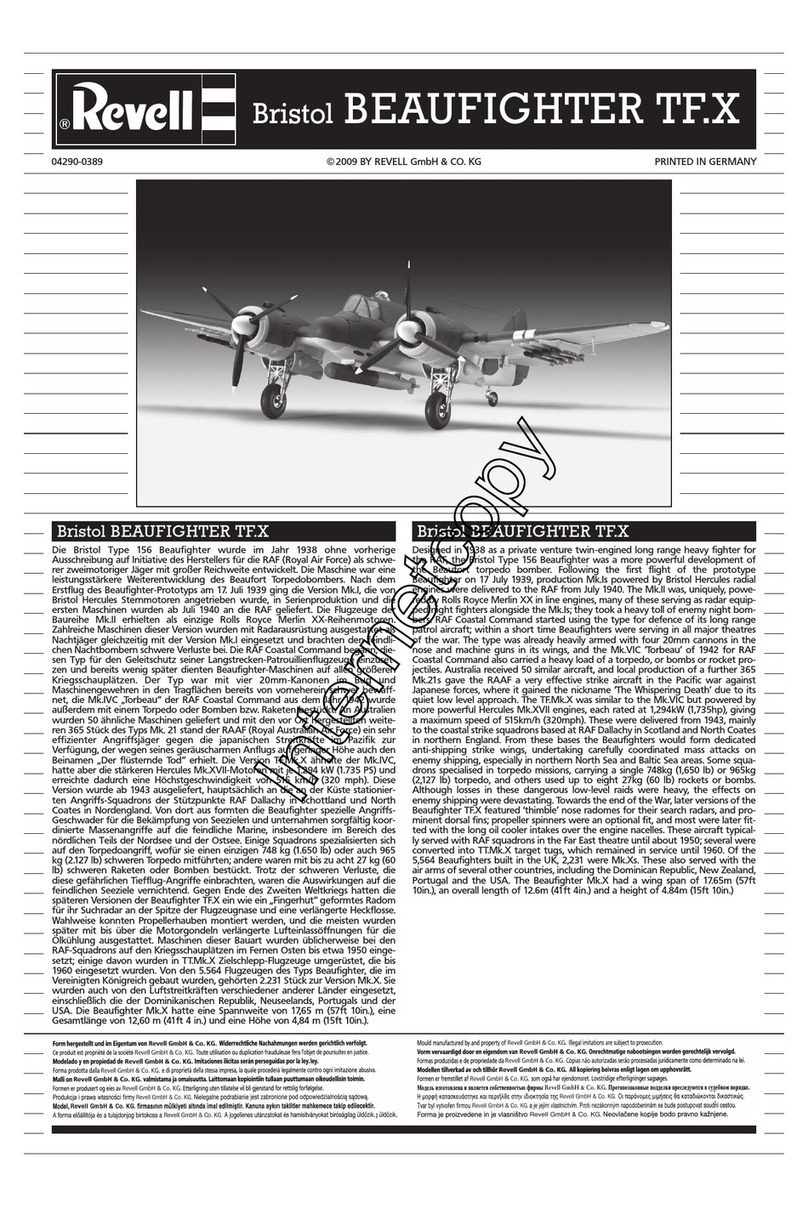
Introduction
When you’re ready to make the move from mul-rotor and coaxial to single-rotor heli flying there’s no
beer choice than the Ares™ [air-eez] Chronos FP 110. The advanced fixed-pitch and self-stabilizing rotor
head design offers the agility and maneuverability of a single-rotor heli along with the stability of a
coaxial heli so you can learn the basics of more advanced flying with confidence and in less me than
ever before.
The ultra-micro sized Chronos FP 110 is larger than similar class helis for improved performance and
handling when flying outdoors in winds up to 5-7 mph yet it’s sll small enough to fly comfortably indoors
too. It’s also equipped with class-leading features including separate 1.7-gram digital servos, a quiet and
efficient two-stage gear train plus a lightweight and durable airframe that arrives 100%
factory-assembled and ready-to-fly right out of the box!
And although the Chronos FP 110 is ready to fly right out the box, please take the me to read through
this manual for more informaon on baery safety and charging, flight controls and more before
proceeding with your first flight. Please also visit our web site at www.Ares-RC.com for addional
informaon including potenal product bullens, videos and more.
Safety Precautions and Warnings
Failure to use this product in the intended manner as described in the following instrucons can result
in damage and/or personal injury. A Radio Controlled (RC) airplane/helicopter/quadcopter is not a toy!
If misused it can cause serious bodily harm and damage to property.
Keep items that could become entangled in the propeller/rotor blades away from the propeller/rotor
blades, including loose clothing, tools, etc. Be especially sure to keep your hands, face and other parts
of your body away from the propeller/rotor blades.
As the user of this product you are solely and wholly responsible for operang it in a manner that does
not endanger yourself and others or result in damage to the product or the property of others.
This model is controlled by a radio signal that is subject to possible interference from a variety of
sources outside your control. This interference can cause momentary loss of control so it is advisable
to always keep a safe distance from objects and people in all direcons around your model as this will
help to avoid collisions and/or injury.
• Never operate your model if the voltage of the baeries in the transmier is too low.
• Always operate your model in an open area away from obstacles, people, vehicles, buildings,
etc.
• Carefully follow the direcons and warnings for this and any oponal support equipment
(chargers, rechargeable baeries, etc.).
• Keep all chemicals, small parts and all electronic components out of the reach of children.
• Moisture causes damage to electronic components. Avoid water exposure to all electronic
components, parts, etc. not specifically designed and protected for use in water.
• Never lick or place any poron of the model in your mouth as it could cause serious injury or
even death.
3
